Newsletter December 1, 2022
Often when I teach a group in yoga and have them do plank pose, I will take all of them into variations to feel this pose.
Here is where I get to observe the emotional response in a pose. Some will react quickly that they can't do it but then blame themselves.
Others will grip and stop breathing just to prove they can do it.
First we all go from doing the pose on the hands, then lowering onto the forearms, and then putting the knees down. Some will gladly do this and enjoy the ease in the pose. Others will look at me questioning the instruction because they could do the pose the first way... or so they thought. With the knees down, I have them try to feel the back lift and they observe that they really hadn't been using the middle back muscles. Some observe that their breathing became easier. Lastly I ask them to observe other areas that were gripping; like the fingers, jaw and glutes.
Finding ease in the pose isn't a bad thing but again some will view it this way.
I stop telling them when to come out of the pose; remind them to come out of it when they need and come back in when ready. I believe in asking them to get out of their head and feel the experience. To distract I tell them I share the story about the "World Record" for plank. Did they know that both men and women won the record for plank on the knees and forearms?
So maybe we can change how we think about a pose. Did we change our attitude in the pose just because I mentioned an authority? The pose is the same but our mood is shifting.
It is about 2 minutes into the pose that they observe they could do the pose longer and with ease, however it wasn't EASY. They still find themselves sweating and using muscles they never experienced but it didn't have to be painful. So maybe there is more to the pose than simply what we can see. I then ask them to observe when they feel ready to come out of the pose; learn to trust themselves and have more independent thought. Also that it isn't failure just because they came out. They can come in and out of the pose...begin again.
This is an example of how we can use the yoga practice of asanas to learn more. We can challenge our belief, fears and listen better. There can also be emotional challenges and grief when we have to accept the reality of now as well. As I often say "Yoga doesn't care if you put your knees down... but You may"
I'm not saying don't have goals but what so many miss in yoga poses is the example of what the pose can take you through in a practice. You learn in yoga to move in a place of ease; Yes even in very challenging poses. Sometimes you move into a pose with worry but you manage to surprise yourself. You did more than you 'thought' you could. You also are reminded of presence and that tomorrow isn't promised so enjoy right now. You also learn to find joy and peace from within yourself verses if you did the pose well according to others.
Then you can apply this message in your daily life as well.
Where are you gripping, holding or adding more tension?
Where could you adjust or scale back and find ease in your life?
Would you feel like you were lazy or less productive and
is that actually true or just the way you are used to feeling?
Dod
Consider and move throughout the day observing and witnessing yourself
Then Yoga becomes a path all day in your life
